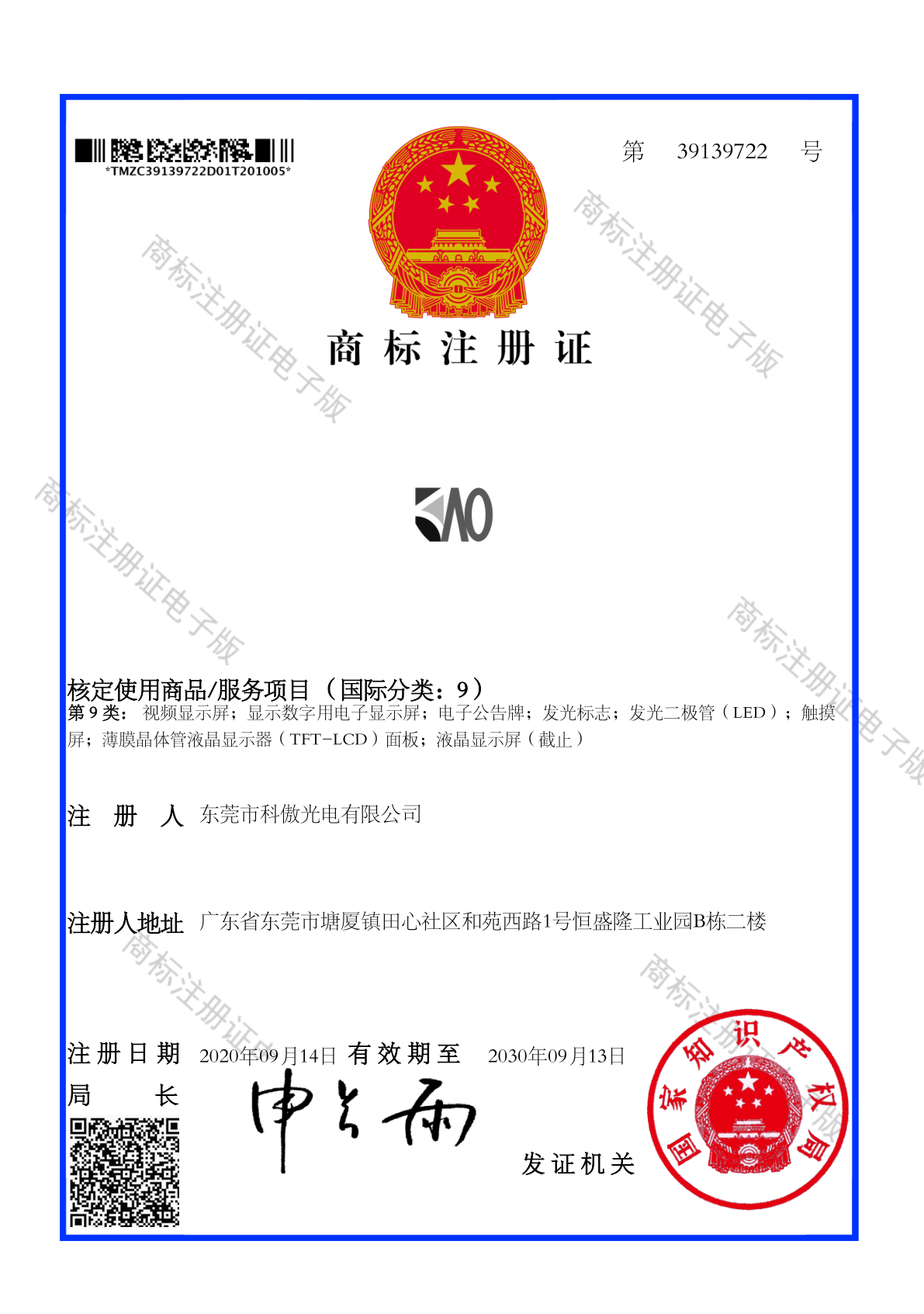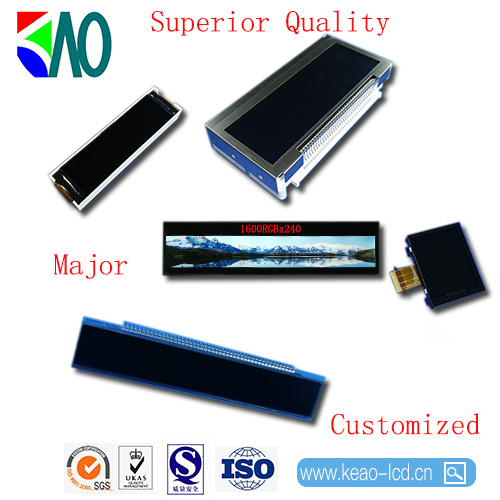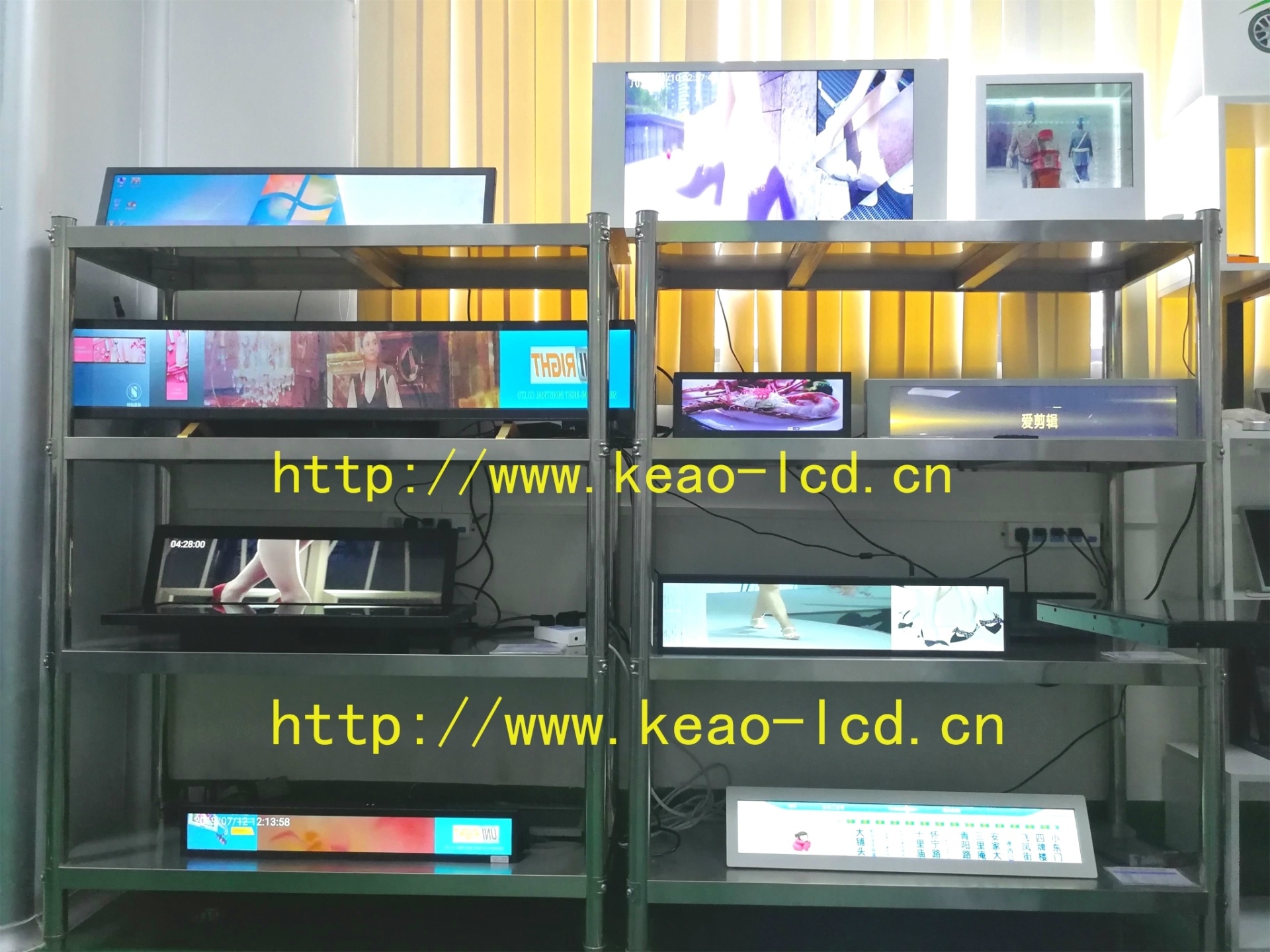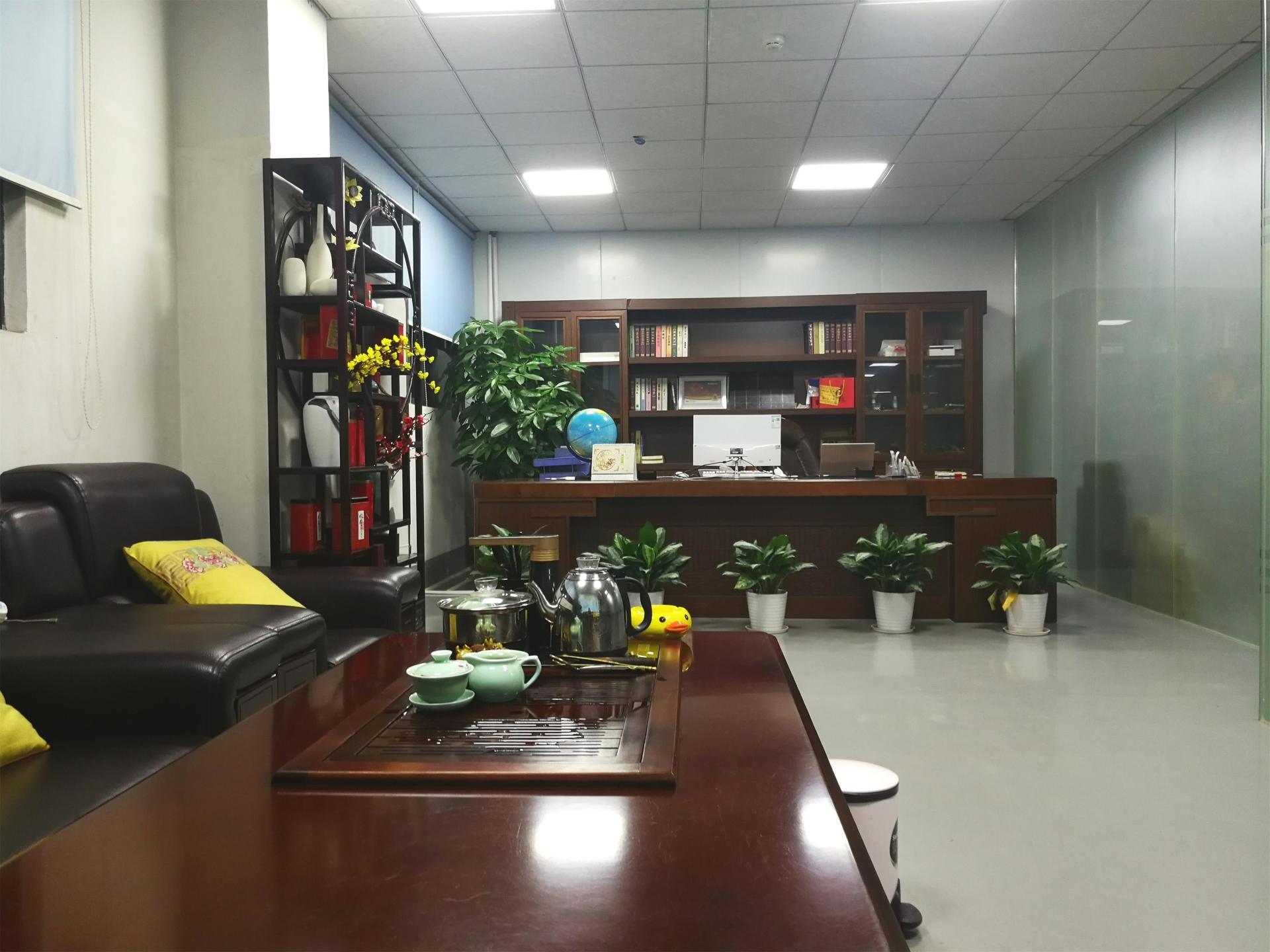Understanding TFT LCD Display Modules: A Comprehensive Guide
TFT LCD display modules are a pivotal technology in various applications, especially in the field of electrical engineering and LED displays. TFT stands for Thin Film Transistor, which refers to the technology used in these display modules to enhance image quality and response time. These modules are prevalent in a variety of devices, from smartphones and tablets to industrial equipment and consum
2025-06-01
TFT LCD display modules are a pivotal technology in various applications, especially in the field of electrical engineering and LED displays. TFT stands for Thin Film Transistor, which refers to the technology used in these display modules to enhance image quality and response time. These modules are prevalent in a variety of devices, from smartphones and tablets to industrial equipment and consumer electronics, due to their ability to deliver high-resolution images and vibrant colors.
One of the primary advantages of TFT LCD display modules is their excellent color reproduction and contrast levels. This makes them ideal for applications where visual clarity is crucial, such as in medical devices, automotive displays, and interactive kiosks. The technology employs a matrix of transistors that control individual pixels, allowing for faster refresh rates and improved image rendering. Consequently, users experience smooth transitions and minimal lag, which is critical in today’s fast-paced digital environment.
In addition to superior visual performance, TFT LCD display modules are designed to be energy-efficient. They consume less power than traditional display technologies, which is particularly beneficial for battery-operated devices. This efficiency not only extends battery life but also reduces the overall environmental impact of electronic devices. Furthermore, many TFT LCD modules come with built-in features such as backlighting, which enhances visibility in various lighting conditions.
When considering the integration of a TFT LCD display module into a project, it is essential to evaluate several factors. First, the module's resolution is crucial; higher resolutions yield sharper images but may require more processing power and energy. Second, the size and form factor of the module should align with your specific application requirements. Whether you need a compact display for handheld devices or a larger screen for industrial settings, there’s a TFT LCD module available to fit your needs.
Moreover, it is important to pay attention to the interface compatibility of the display module. TFT LCD display modules can support various communication protocols such as SPI, I2C, or parallel interfaces. Ensuring that the module can interface seamlessly with your existing hardware is vital for smooth operation.
In conclusion, TFT LCD display modules represent a significant advancement in display technology, offering superior performance, energy efficiency, and versatility. Whether you are developing a new product or looking to enhance existing systems, understanding the capabilities and considerations of these modules will help you make informed decisions. As you explore the potential of TFT LCD display modules, keep in mind their advantages and applications within the electrical and LED display industries, paving the way for innovative solutions that meet the demands of modern technology.
One of the primary advantages of TFT LCD display modules is their excellent color reproduction and contrast levels. This makes them ideal for applications where visual clarity is crucial, such as in medical devices, automotive displays, and interactive kiosks. The technology employs a matrix of transistors that control individual pixels, allowing for faster refresh rates and improved image rendering. Consequently, users experience smooth transitions and minimal lag, which is critical in today’s fast-paced digital environment.
In addition to superior visual performance, TFT LCD display modules are designed to be energy-efficient. They consume less power than traditional display technologies, which is particularly beneficial for battery-operated devices. This efficiency not only extends battery life but also reduces the overall environmental impact of electronic devices. Furthermore, many TFT LCD modules come with built-in features such as backlighting, which enhances visibility in various lighting conditions.
When considering the integration of a TFT LCD display module into a project, it is essential to evaluate several factors. First, the module's resolution is crucial; higher resolutions yield sharper images but may require more processing power and energy. Second, the size and form factor of the module should align with your specific application requirements. Whether you need a compact display for handheld devices or a larger screen for industrial settings, there’s a TFT LCD module available to fit your needs.
Moreover, it is important to pay attention to the interface compatibility of the display module. TFT LCD display modules can support various communication protocols such as SPI, I2C, or parallel interfaces. Ensuring that the module can interface seamlessly with your existing hardware is vital for smooth operation.
In conclusion, TFT LCD display modules represent a significant advancement in display technology, offering superior performance, energy efficiency, and versatility. Whether you are developing a new product or looking to enhance existing systems, understanding the capabilities and considerations of these modules will help you make informed decisions. As you explore the potential of TFT LCD display modules, keep in mind their advantages and applications within the electrical and LED display industries, paving the way for innovative solutions that meet the demands of modern technology.
Related info











